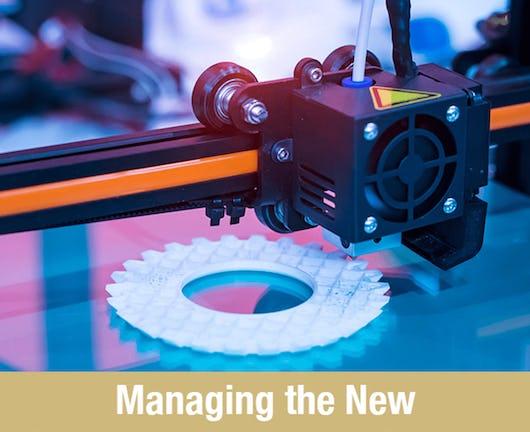MOOC List is learner-supported. When you buy through links on our site, we may earn an affiliate commission.

MOOC List is learner-supported. When you buy through links on our site, we may earn an affiliate commission.
What you'll learn
- Learn and apply design thinking tools to the product innovation process.
- Develop a product specification that meets critical customer requirements (CCRs).
- Learn the tools to generate a variety of product concepts that satisfies the CCRs.
- Learn and apply the methods to down-select the many product concepts to the critical few using prototyping and team-based evaluation techniques.
Syllabus
Creativity and the Innovation Process
Module 1
This course begins with an overview of topics and course structure. We then explore how to develop creativity within ourselves, as all product development efforts begin with ideas from individuals that see opportunities the rest of us don't. With a creative mindset, we can then begin ideating about product opportunities. Two methods are explored, Design Thinking, and Design-Driven Innovation. Design Thinking is all about understanding customer needs, whereas Design-Driven Innovation is all about understanding the meaning products have on people's lives. Both approaches are effective, yet both are quite different!
Market Research Techniques
Module 2
If product development is all about solving real problems, we need to understand who, in fact, has these problems, as these people are our potential customers. In this module, we define customers, users, markets and market segments. We also define market size terms such as the TAM, SAM and SOM. Now its time to get specific, and create our Customer Persona, a detailed description of our target customer, enabling us to determine how many potential customers are in our target market.
CCRs, Product Requirements Matrix & Concept Generation
Module 3
Understanding the customer's problems allows the product developer to begin thinking about solutions. That process starts with converting customer statements into customer needs, which become Critical Customer Requirements, or CCRs. This defines what the product must do to make the customer happy. Performance metrics are then established and a Product Requirements Matrix defines the most important CCRs, and some target values the product should meet. Finally, knowing what the product should do, it is time to be creative and come up with all the different product ways one can design a product to meet the CCRs, a process known as Concept Generation.
Concept Testing, Prototyping and the MVP
Module 4
Successful concept generation creates many possible product designs, far too many to take forward. This module covers the techniques to downselect many designs to a few. From there, the product development team builds simple prototypes suitable to obtain customer feedback. The simplest of these is often called the Minimum Viable Product, or MVP. Customers can evaluate the MVP to see if the PD Team is on the right track - as MVPs don't cost much money or time to build. With greater confidence with the product concept, the team can build even more refined prototypes, ultimately enabling the final product concept to be defined.
Digital Prototyping
Module 5
Thus far, the course have discussed physical products and physical prototyping. Yet many products are digital, such as digital apps or websites. Prototypes can be made for these products too, although the process is a bit different. In this module, the digital prototyping process is covered, culminating in a prototyping workshop showing students how to use online tools to create their own digital app prototype.
MOOC List is learner-supported. When you buy through links on our site, we may earn an affiliate commission.
MOOC List is learner-supported. When you buy through links on our site, we may earn an affiliate commission.
